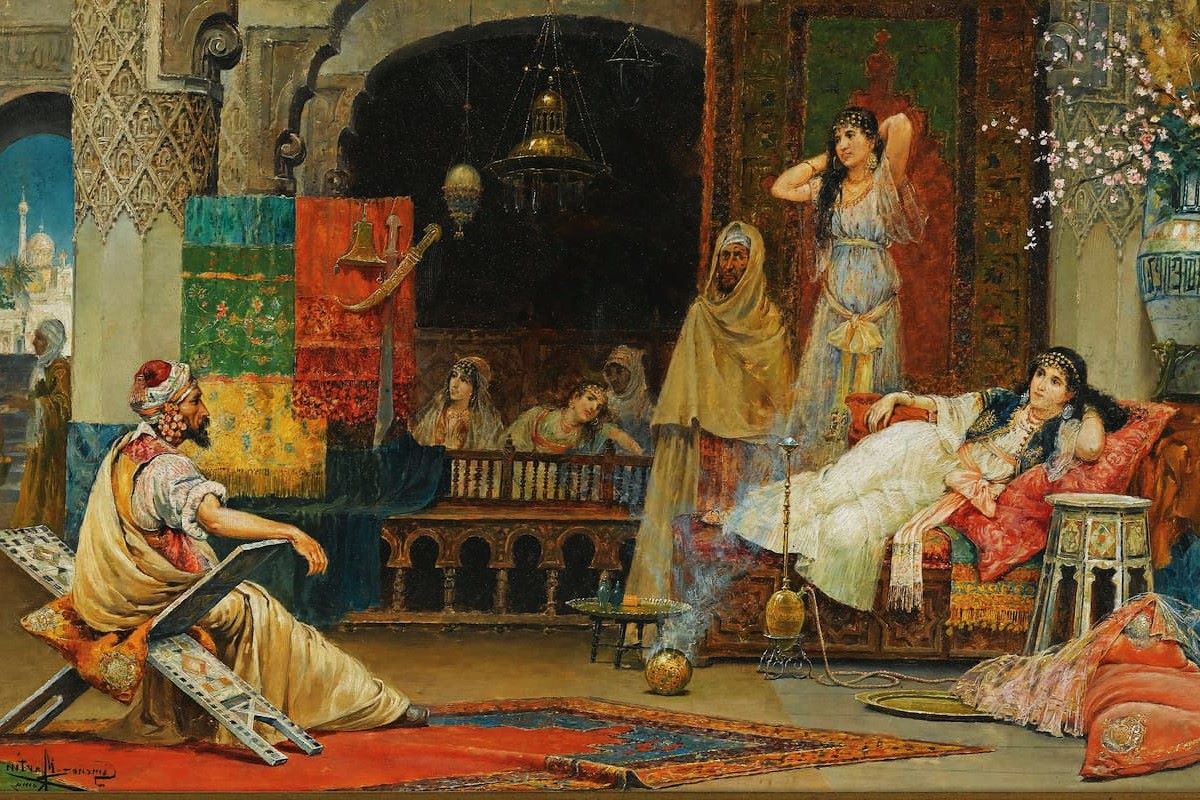
What was the Fitna of Al-Andalus? The Fitna of Al-Andalus refers to a period of civil war and political fragmentation in the Iberian Peninsula during the early 11th century. This chaotic era saw the collapse of the Umayyad Caliphate of Córdoba, leading to the rise of numerous small, independent kingdoms known as taifas. The power struggle involved various factions, including rival Muslim leaders, local governors, and even Christian kingdoms. This turmoil significantly weakened Muslim rule in the region, paving the way for the Reconquista by Christian forces. Understanding this period helps explain the complex history of medieval Spain and its lasting impact on European history.
Key Takeaways:
- The Fitna of Al-Andalus was a civil war in Spain that led to the rise of smaller Muslim states. It started in 1009, involved Berber mercenaries, and ended in 1031, shaping the region's history.
- The conflict resulted in the fragmentation of Al-Andalus into city-states, weakening Muslim control and allowing Christian kingdoms to expand. Despite the turmoil, it also saw a flourishing of arts and sciences.
The Beginning of the Fitna of Al-Andalus
The Fitna of Al-Andalus was a period of civil war and political fragmentation in the Iberian Peninsula. It marked the decline of the Umayyad Caliphate of Córdoba and led to the rise of smaller, independent Muslim states known as taifas.
- The Fitna of Al-Andalus began in 1009 and lasted until 1031.
- It started with the assassination of Caliph Hisham II.
- The conflict was primarily between different factions within the Umayyad dynasty.
- Berber mercenaries played a significant role in the conflict.
- The Fitna led to the eventual collapse of the Umayyad Caliphate.
Key Figures in the Fitna
Several notable figures emerged during this turbulent period. Their actions and decisions significantly influenced the course of events.
- Sulayman ibn al-Hakam, also known as Sulayman al-Musta'in, was one of the key leaders.
- Muhammad II al-Mahdi was another prominent figure who claimed the caliphate.
- Abd al-Rahman IV, a short-lived caliph, was assassinated in 1018.
- Al-Mansur Ibn Abi Aamir, also known as Almanzor, had a lasting impact on the political landscape.
- His sons, Abd al-Malik and Abd al-Rahman Sanchuelo, continued his legacy but faced internal strife.
The Role of Berber Mercenaries
Berber mercenaries were instrumental in the Fitna. Their involvement added another layer of complexity to the conflict.
- Berber tribes were initially brought to Al-Andalus as military support.
- They eventually sought to establish their own power bases.
- The Berbers often switched allegiances, exacerbating the instability.
- Their presence led to increased tensions between Arab and Berber factions.
- Berber leaders like Zuhayr ibn Muhammad played pivotal roles in various battles.
The Fragmentation of Al-Andalus
The Fitna resulted in the fragmentation of Al-Andalus into smaller, independent states known as taifas.
- The taifas were city-states that emerged after the collapse of the Umayyad Caliphate.
- Each taifa was ruled by a local leader or family.
- The fragmentation weakened the overall Muslim control of the Iberian Peninsula.
- Christian kingdoms in the north took advantage of the division to expand their territories.
- The taifa period lasted until the Almoravid invasion in the late 11th century.
Cultural and Social Impact
Despite the political turmoil, the Fitna of Al-Andalus had significant cultural and social impacts.
- The period saw a flourishing of arts and sciences in the taifas.
- Córdoba, despite its decline, remained a center of learning and culture.
- The taifa rulers often patronized poets, scientists, and philosophers.
- The architectural legacy of the Umayyads continued to influence the region.
- The Fitna also led to increased interactions between Muslims, Christians, and Jews.
The End of the Fitna
The Fitna of Al-Andalus eventually came to an end, but its effects were long-lasting.
- The Fitna officially ended in 1031 with the dissolution of the Umayyad Caliphate.
- The last Umayyad caliph, Hisham III, was deposed and exiled.
- The end of the Fitna marked the beginning of the taifa period.
- The political fragmentation made Al-Andalus vulnerable to external threats.
- The legacy of the Fitna influenced the subsequent history of the Iberian Peninsula.
Final Thoughts on Fitna Of Al-Andalus
The Fitna of Al-Andalus was a period of intense conflict and political upheaval that reshaped the Iberian Peninsula. It marked the end of the Umayyad Caliphate in Córdoba and led to the fragmentation of the region into smaller Taifa kingdoms. This era saw alliances shift, power struggles intensify, and cultures clash. Despite the chaos, it also fostered a rich exchange of ideas and traditions, leaving a lasting impact on the region's history. Understanding this period helps us appreciate the complex tapestry of influences that shaped modern Spain and Portugal. The Fitna of Al-Andalus serves as a reminder of how history is often a blend of conflict and cooperation, shaping the world we know today.
Frequently Asked Questions
Was this page helpful?
Our commitment to delivering trustworthy and engaging content is at the heart of what we do. Each fact on our site is contributed by real users like you, bringing a wealth of diverse insights and information. To ensure the highest standards of accuracy and reliability, our dedicated editors meticulously review each submission. This process guarantees that the facts we share are not only fascinating but also credible. Trust in our commitment to quality and authenticity as you explore and learn with us.
